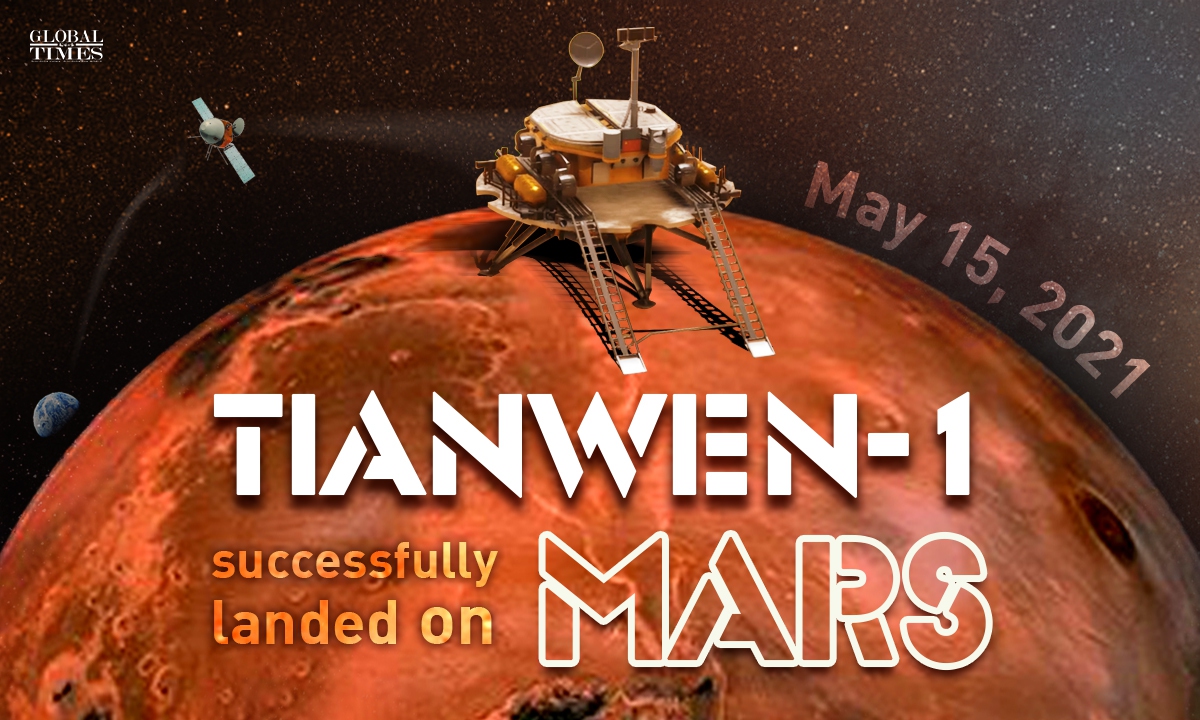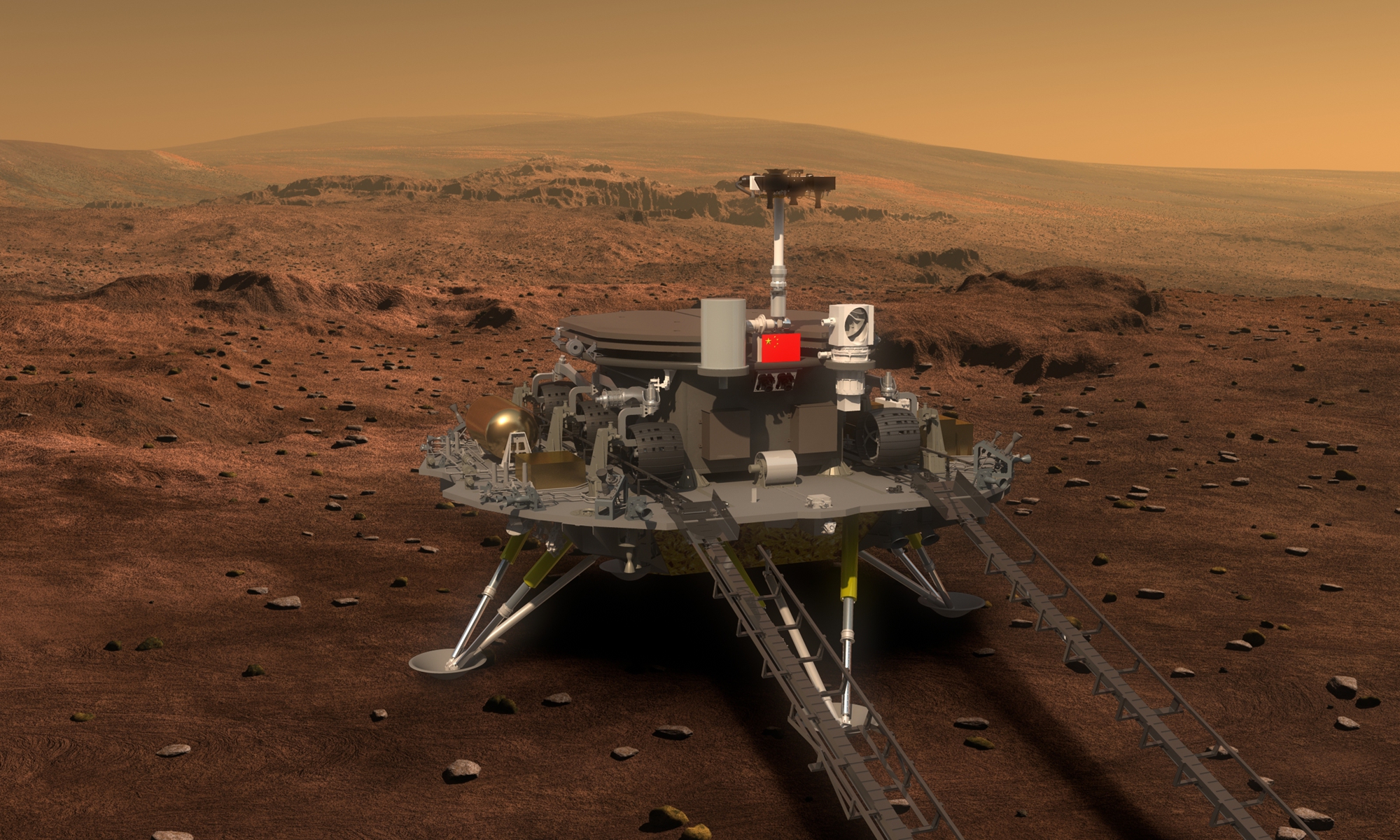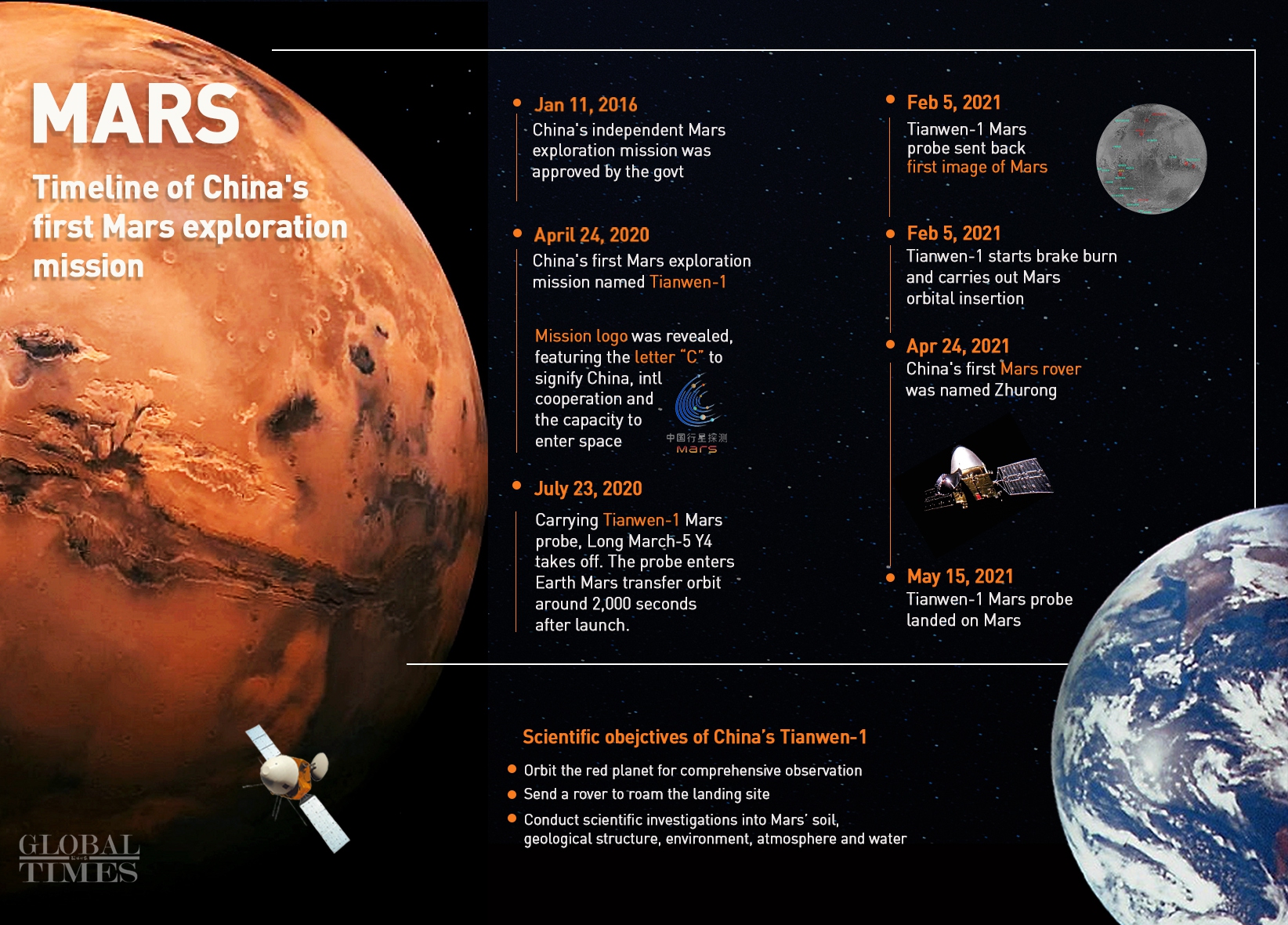You are succesful???? more sanctions in 3 , 2 , 1 ..... ? -_-Muricans are going to be so crying hurt
You are using an out of date browser. It may not display this or other websites correctly.
You should upgrade or use an alternative browser.
You should upgrade or use an alternative browser.
China's Space Program News Thread
- Thread starter crazyinsane105
- Start date
- Status
- Not open for further replies.
Imagine their face when they see the Chinese space program is already completely sanctionedYou are succesful???? more sanctions in 3 , 2 , 1 ..... ? -_-
Imagine their face when they see the Chinese space program is already completely sanctioned
Around the time of the 1995 International Women's Conference in Beijing, Wolf called for the status of China to be revoked, repeating the that human fetuses were considered a delicacy in China.
Indians, specifically jai hinds won't be able to gulp it down their throats that China landed on Mars, they kept bragging about themselves as how they reached Mars first before China.
It would be hard pill to digest for them.
It would be hard pill to digest for them.
Hendrik_2000
Lieutenant General
Congrat China mission accomplished Job well done Zhurong send signal
Zhurong sends back signals, marking success of Tianwen-1’s landing on Mars
By
Published: May 15, 2021 08:41 AM

Infographic: GT
Tianwen-1, China’s first interplanetary expedition, has spectacularly conquered a new major milestone, with its lander-rover combination successfully soft-landing at the planned site in the southern part of a vast plain known as Utopia Planitia on Mars on early Saturday morning, Global Times learned from the China National Space Administration (CNSA).
According to the CNSA, Tianwen-1 probe lowered its altitude from the Martian parking orbit around 1 am Saturday, before its lander-rover combination separated with the orbiter around 4 am. The lander-rover combination then took another flight of three hours before its entry into Mars atmosphere.
The Chinese spacecraft, after entering the Mars atmosphere, spent around nine minutes decelerating, hovering for obstacle avoidance and cushioning, before its soft landing on the designated landing site at the Utopia Planitia, CNSA said.
The orbiter rose and returned to the parking orbit 30 minutes after the separation, to provide relay communication for the landing craft combo, the Chinese space agency said.

Photo: Coutersy of CAST
CNSA underscored that it has conducted cooperation with a range of international aerospace organizations and countries including the Europe Space Agency, Argentina, France and Austria, throughout the implementation of its Tianwen-1 Mars mission.
The smooth landing of the Tianwen-1 probe marked that China has become the third nation that has achieved such a feat, following Russia and the US.
The successful touchdown of Tianwen-1 took place on the 295th day of its journey after it was launched and sent into planned orbit via a Long March-5 carrier rocket from Wenchang Spaceport in South China’s Hainan Province on July 23, 2020.
The whole entry, descent and landing (EDL) of Tianwen-1 took around 9 minutes, during which the speed of the craft was reduced from 20,000 kilometers per hour to zero, according to the China Academy of Space Technology (CAST) the developer of the lander-rover combo of Tianwen-1.
The EDL of the Chinese craft first involved an aerodynamic decelerating stage before it deployed parachute and variant thrust engine systems.

Timeline of China's first Mars exploration mission Infographic: GT
Such an aerodynamic decelerating stage reduced the craft's speed by some 90 percent, and then the parachute stage helped it further decelerate to some 100 meters per second before the thrust engine systems were turned on to enable the craft to enter a hovering stage as it reaches some 100 meters above the surface, said Wang Chuang, the chief director-designer of the Tianwen-1 probe with the CAST.
“At the hovering stage, the six instruments on board the rover, including microwave sensors to determine speed and distance and optical cameras, were started simultaneously in order to ‘search for a safer’ spot for the soft landing,” he explained.
Chinese space industry insiders told the Global Times on Saturday that although Tianwen-1 has inherited mature hovering and obstacle avoidance technology from the previous Chang’e-3,-4, and -5 lunar probe missions, there are still plenty of new challenges in its Mars landing attempt.
Currently, the success rate of humanity’s Mars landings is only below 50 percent, and most failed attempts happened at the EDL stage. “It took an extremely accurate operation of a range of technology, including aerodynamic shape design, parachute and engine, to achieve [the] soft landing on Mars. There is no room for defiance of even one second on any single system,” Sun Zezhou, the Tianwen-1 designer-in-chief with the CAST, noted.
Compared to the moon, Mars is first and foremost much further from Earth, which results in an inevitable communication delay of some 20 minutes. It means that Tianwen-1 is very much on its own in the landing process, CAST experts said.
Also, although the density of Mars’ atmosphere is only 1 percent of Earth’s atmosphere, it causes a more complicated environment for landing than a touchdown on the moon, as there is no atmosphere on the Earth’s closest celestial neighbor, they added.
“We did not have first-hand data on the Mars atmosphere… which means we were put in an entirely unknown environment. One can imagine the level of difficulty,” Chen Baichao, chief director-designer of the rover system with the CAST.
China has adopted a unique trajectory-elevation plan based on trim-wing design to resist the risks of uncertainty brought by the Mars atmosphere, according to the CAST.
Zhurong sends back signals, marking success of Tianwen-1’s landing on Mars
By
Published: May 15, 2021 08:41 AM

Infographic: GT
Tianwen-1, China’s first interplanetary expedition, has spectacularly conquered a new major milestone, with its lander-rover combination successfully soft-landing at the planned site in the southern part of a vast plain known as Utopia Planitia on Mars on early Saturday morning, Global Times learned from the China National Space Administration (CNSA).
According to the CNSA, Tianwen-1 probe lowered its altitude from the Martian parking orbit around 1 am Saturday, before its lander-rover combination separated with the orbiter around 4 am. The lander-rover combination then took another flight of three hours before its entry into Mars atmosphere.
The Chinese spacecraft, after entering the Mars atmosphere, spent around nine minutes decelerating, hovering for obstacle avoidance and cushioning, before its soft landing on the designated landing site at the Utopia Planitia, CNSA said.
The orbiter rose and returned to the parking orbit 30 minutes after the separation, to provide relay communication for the landing craft combo, the Chinese space agency said.

Photo: Coutersy of CAST
CNSA underscored that it has conducted cooperation with a range of international aerospace organizations and countries including the Europe Space Agency, Argentina, France and Austria, throughout the implementation of its Tianwen-1 Mars mission.
The smooth landing of the Tianwen-1 probe marked that China has become the third nation that has achieved such a feat, following Russia and the US.
The successful touchdown of Tianwen-1 took place on the 295th day of its journey after it was launched and sent into planned orbit via a Long March-5 carrier rocket from Wenchang Spaceport in South China’s Hainan Province on July 23, 2020.
The whole entry, descent and landing (EDL) of Tianwen-1 took around 9 minutes, during which the speed of the craft was reduced from 20,000 kilometers per hour to zero, according to the China Academy of Space Technology (CAST) the developer of the lander-rover combo of Tianwen-1.
The EDL of the Chinese craft first involved an aerodynamic decelerating stage before it deployed parachute and variant thrust engine systems.

Timeline of China's first Mars exploration mission Infographic: GT
Such an aerodynamic decelerating stage reduced the craft's speed by some 90 percent, and then the parachute stage helped it further decelerate to some 100 meters per second before the thrust engine systems were turned on to enable the craft to enter a hovering stage as it reaches some 100 meters above the surface, said Wang Chuang, the chief director-designer of the Tianwen-1 probe with the CAST.
“At the hovering stage, the six instruments on board the rover, including microwave sensors to determine speed and distance and optical cameras, were started simultaneously in order to ‘search for a safer’ spot for the soft landing,” he explained.
Chinese space industry insiders told the Global Times on Saturday that although Tianwen-1 has inherited mature hovering and obstacle avoidance technology from the previous Chang’e-3,-4, and -5 lunar probe missions, there are still plenty of new challenges in its Mars landing attempt.
Currently, the success rate of humanity’s Mars landings is only below 50 percent, and most failed attempts happened at the EDL stage. “It took an extremely accurate operation of a range of technology, including aerodynamic shape design, parachute and engine, to achieve [the] soft landing on Mars. There is no room for defiance of even one second on any single system,” Sun Zezhou, the Tianwen-1 designer-in-chief with the CAST, noted.
Compared to the moon, Mars is first and foremost much further from Earth, which results in an inevitable communication delay of some 20 minutes. It means that Tianwen-1 is very much on its own in the landing process, CAST experts said.
Also, although the density of Mars’ atmosphere is only 1 percent of Earth’s atmosphere, it causes a more complicated environment for landing than a touchdown on the moon, as there is no atmosphere on the Earth’s closest celestial neighbor, they added.
“We did not have first-hand data on the Mars atmosphere… which means we were put in an entirely unknown environment. One can imagine the level of difficulty,” Chen Baichao, chief director-designer of the rover system with the CAST.
China has adopted a unique trajectory-elevation plan based on trim-wing design to resist the risks of uncertainty brought by the Mars atmosphere, according to the CAST.
Was that a complaint or compliment? Heh. I mean why not?Putting AESA on every friggin thing...
- Status
- Not open for further replies.
